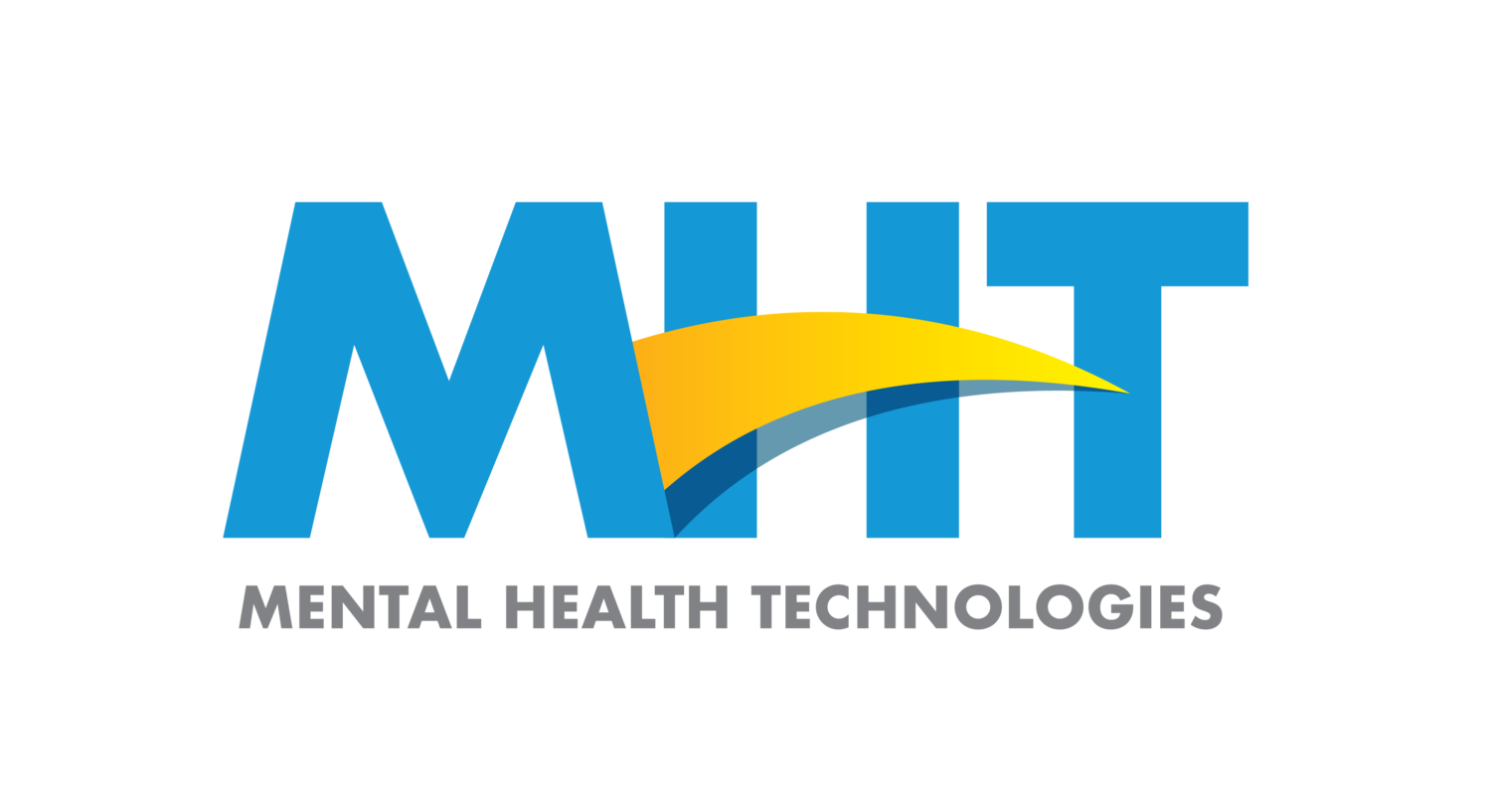Providing Patients with the Best Outcomes: A Continuum of Care for Behavioral Health in the United States
It’s exceedingly common in our modern healthcare system to treat physical and mental health as two separate issues. Although we are steadily improving on accepting an all-encompassing agreement of treating them together, there is still a lot of work to be done.
Today’s approach does not allow for the proper tracking of a patient’s mental health among providers. Not only do mental health struggles increase the likelihood of suffering from physical health conditions, such as heart disease, but they also create a vicious cycle in emergency departments, hospital admissions, and out-of-network referrals.
A continuum of care for behavioral health is the next step in improving the outcome of patients as well as the overflow of individuals needing to be seen for preventable issues within our healthcare system.
Integration of Physical & Mental Health Services
Mental Health Technologies—like others—see our primary care physicians as being the individuals on the front lines of the United States healthcare system. They are the clinicians that many see on an annual or semi-annual basis and whom they seek specialist referrals from.
Unfortunately, primary care offices have always been more about looking after their patient’s physical health rather than their mental well-being. In part, this could be due to a lack of training in that particular area or time constraints placed on appointment times.
With advances in technology, clinicians can now utilize mental health screening assessments that ask all of the necessary questions for them and can be completed prior to the patient’s appointment. By implementing this cutting-edge software, doctors can begin establishing a baseline of their patients’ mental stability and refer them to a specialized medical professional to receive treatment sooner rather than later. Moreover, by integrating this information, places like our emergency departments can be guided in potential diagnoses.
For example, the average wait time in an American emergency department is around two and a half hours. (Reference 1) If a patient comes in with chest pains and a known diagnosis of anxiety, it allows the attending physician to narrow down diagnostic possibilities after ruling out a heart attack. This provides a much quicker turnaround time for the patient, doctors, and individuals still waiting to be seen. In these circumstances, referrals can be difficult to come by. Often, we’ll see many referrals are to professionals outside of the patient’s insurance network or they may not be given at all. This creates a revolving door of endless admissions and discharges without a proper treatment or follow up plan. (Reference 2)
Improving Patient Outcomes with MHT
Mental Health Technologies aims to help primary care physicians improve their patients’ overall health. In doing so, our service offers clinicians the ability to streamline this process, taking little to no additional time away from your already-busy office.
With MHT you receive a fully automated system that:
Sends patients their assigned assessments via email or text
Uploads results into your EHR
Notifies you of high-risk answers
Makes referrals to specialists on your behalf
Tracks & uploads subsequent test results performed by referred specialists
To learn more about how the MHT service works, contact us today. One of our customer service representatives will be happy to answer your questions.
Resources:

